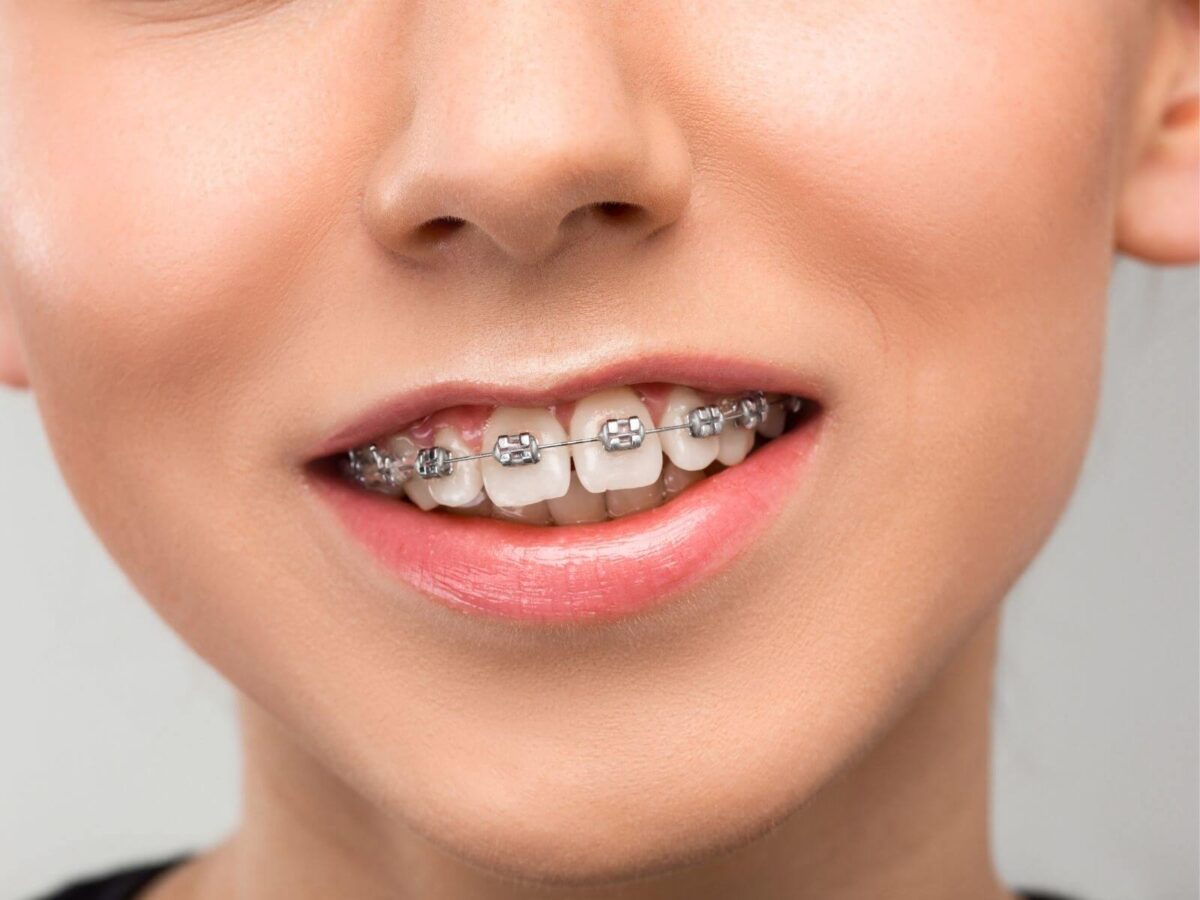Blog
Dental hygiene tips for healthy teeth & gums

How To Fix An Underbite or Overbite With Braces
Overbites and underbites are terms used to describe misalignments that can lead to real issues, including jaw pain, speech difficulties, and, in severe cases, even breathing problems.
So, what are the treatment options for overbites and underbites, and are braces a good solution? Let’s explore.
First, it’s essential to understand what these terms mean. Overbites and underbites are orthodontic issues that refer to the misalignment of your upper and lower teeth. These misalignments impact not only your bite and smile but also your overall dental health.
Overbites
When doctors refer to an “overbite,” they’re describing a condition where the upper teeth extend over the lower teeth. This isn’t just an aesthetic issue. It can affect eating and speech as well.
Underbites
Underbite is a dental misalignment in which your lower teeth are in front of your upper teeth. As with overbites, this type causes problems with chewing, biting, and speaking.
Causes of Each
What leads to these “malocclusions”—or misaligned bites like overbites and underbites? The causes are often genetic or environmental. Causes include hereditary jaw structure, thumb sucking, or the use of a pacifier for an extended period as a child.
Potential Problems
Ignoring an overbite or underbite can lead to various oral health issues. Left untreated, these conditions increase the risk of dental problems such as tooth erosion, gingivitis, inflammation, and chronic jaw pain. Beyond physical complications, they can also impact self-esteem and overall quality of life.
How Braces Fix an Overbite or Underbite
Braces are known to rectify many dental problems, including correction of crooked teeth, speech correction, and misaligned jaws, among others.
The American Association of Orthodontists (AAO) emphasizes the importance of treating crowding, misalignment, and discrepancies between the upper and lower jaws—particularly in cases involving skeletal malocclusions or irregular jaw growth. These conditions often include overbites and underbites, which benefit from timely intervention to prevent further complications.
What is the process of correcting an overbite or an underbite?
- Diagnosis: An overbite or underbite must first be diagnosed by a certified dentist or orthodontist.
- Treatment Consultation: Following diagnosis, you’ll discuss possible treatment options with your orthodontist.
- Application of Braces: If braces are recommended as the best treatment, they will be applied in a process that typically takes around two hours.
- Regular Checkups & Adjustments: Regular appointments are necessary for adjustments, where your orthodontist may replace wires or use elastics to ensure proper alignment. Elastics help move the upper or lower jaw to improve alignment for overbites and underbites. Skipping elastics may prevent effective correction.
- Removal of Braces: Braces are removed once the jaw and teeth have aligned correctly—a process that can take several years.
- Jaw Repositioning: In some cases, additional equipment like headgear may be needed. Surgery may be considered for severe misalignments, though this is less common in typical cases.
Types of Braces
We offer top-quality braces tailored to meet the unique needs and lifestyles of each patient. Let’s explore our range of additional options and how they can be used to correct specific bite issues effectively.
- Traditional Metal Braces
Conventional metallic braces are the standard treatment for conditions such as overbite or underbite. Both metal brackets and wires provide the strength and durability necessary for major tooth movements. Adjustments allow us to ensure that your teeth and jaws are in the right position. Now that you know what they are, don’t let the fact that they are noticeable be a reason for you not to use them. Metal braces do the job well. - Clear Braces
Ceramic (or ‘clear’) braces are another, slightly more discreet than metal braces but still designed to sit on the front surface of the teeth, which is why adults or older teenagers may prefer them. It blends with your natural teeth color. Thus, it is possible to gain discretion and the treatment that helps to work your bite and alter the position of the teeth. These braces are just as effective as the metal braces. - Lingual Braces (InBrace)
As for InBrace, they are placed at the back of the teeth. This option comes in handy if you aren’t comfortable with how you look and need to fix your bite problems without anybody noticing. We bend your lingual braces in a way that they match the unique shape of your teeth. - Clear Aligners
Invisalign aligners are innovations in dental orthopedic appliance technology. They make it possible to correct your bite while letting you enjoy essentially invisible braces. These are invisible, removable trays crafted specifically to shape your teeth gradually. Clear aligners work well for minor to moderate overbite and underbite cases. But we must follow the doctors’ recommendations and wear them as we are told.
Wrapping Up
Proper correction of an overbite or underbite can be life-changing for both your oral health and your self-esteem. Among them, braces are considered one of the most effective solutions in order to align your teeth and establish healthy jaw function. For additional information regarding braces or malocclusions, we recommend contacting Mathis Dental.


